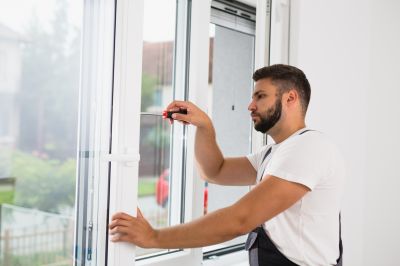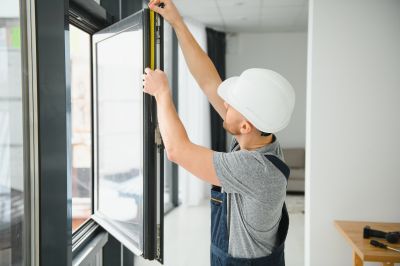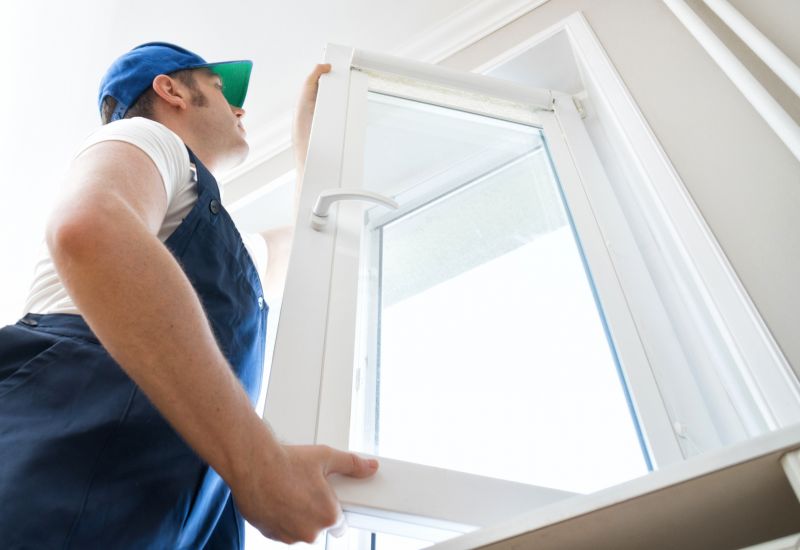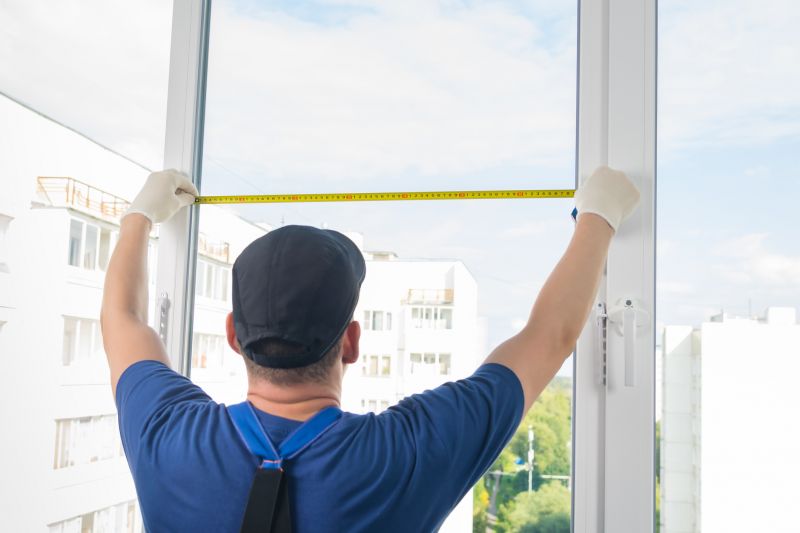Optimal Timing for Windows Installations
Determining the best time for Windows installations involves considering various factors such as system readiness, software compatibility, and user availability. Proper timing ensures minimal disruption and optimal performance. Typically, periods of low activity or scheduled maintenance windows are ideal for performing installations.
Ensure hardware and existing software are compatible and up to date before scheduling a Windows installation.
Verify that critical applications are compatible with the new Windows version to prevent disruptions.
Plan installations during times when users are less active to reduce operational impact.
Coordinate with maintenance periods to facilitate smooth and efficient installations.

Assess system requirements and backup data before starting.

Follow recommended procedures during installation to ensure success.

Configure settings and verify system stability after installation.

Ways to make Windows Installations work in tight or awkward layouts.

Popular materials for Windows Installations and why they hold up over time.

Simple add-ons that improve Windows Installations without blowing the budget.

High-end options that actually feel worth it for Windows Installations.

Finishes and colors that play nicely with Windows Installations.
| Timing Consideration | Details |
|---|---|
| Low Activity Periods | Schedule during weekends or nights to minimize disruption. |
| Before Major Updates | Perform installations prior to new feature rollouts. |
| Hardware Upgrades | Coordinate with hardware upgrades for efficiency. |
| End of Support for Older Versions | Upgrade before older versions reach end of support. |
| System Maintenance Windows | Utilize planned maintenance periods for installations. |
| Software Update Cycles | Align with software release schedules for compatibility. |
Windows installations are critical procedures that can enhance system security, improve performance, and enable access to new features. Proper planning and timing are essential to ensure smooth execution and minimal impact on daily operations. Regular updates and timely installations contribute to maintaining system stability and security.

Step-by-step procedures for successful installations.

Tips for configuring and optimizing the system after installation.

Address typical problems encountered during installations.

New security features available with recent Windows versions.

Little measurements that prevent headaches on Windows Installations day.

A 60-second routine that keeps Windows Installations looking new.

A frequent mistake in Windows Installations and how to dodge it.

Small tweaks to make Windows Installations safer and easier to use.
Interested in scheduling a Windows installation? Filling out the contact form can help determine the best timing for system upgrades and ensure your infrastructure remains current and secure.



